10 Must-Know Spice Secrets from Common Indian Cuisine (That Will Change How You Cook Forever)
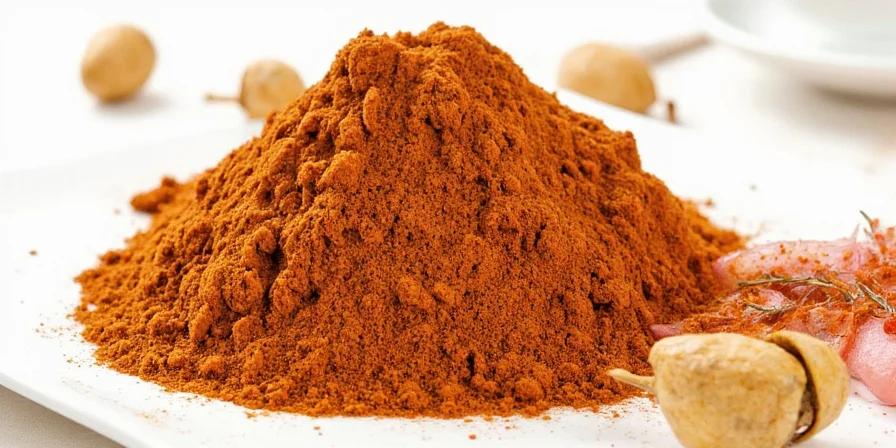
Table of Contents
- Introduction: The Magic of Indian Spices
- Top 10 Indian Spices & Their Secrets
- Spice Techniques That Make All the Difference
- How to Pair Spices Like an Indian Chef
- Frequently Asked Questions About Indian Spices
- Conclusion: Your Kitchen, Now Fully Spiced Up!
Introduction: The Magic of Indian Spices
If your kitchen smells like a bland version of itself every day, it's probably not your fault—it’s just missing a few bottles of Indian magic. Common Indian cuisine isn’t just about curry; it’s a symphony of flavors where each spice plays a vital role. From warming cumin to earthy turmeric, the spices of India have been turning humble ingredients into unforgettable dishes for centuries.
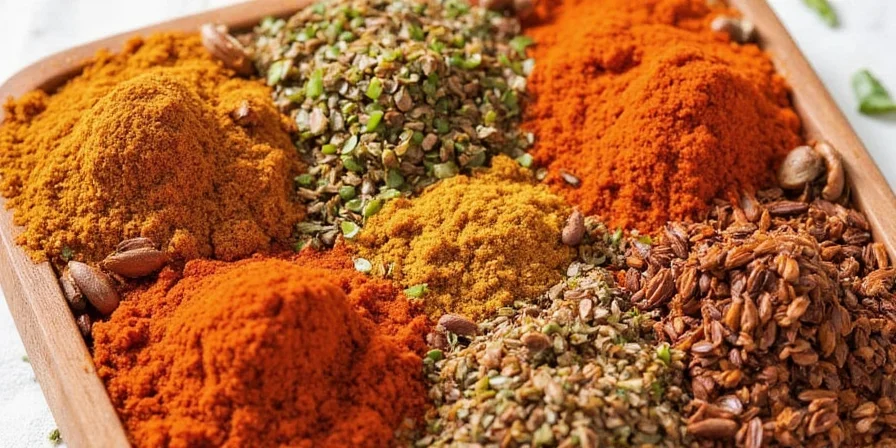
In this article, we’re diving deep into the most common spices used in Indian cooking—and sharing pro tips you can use to make your food pop with flavor, whether you're a seasoned chef or a curious home cook.
Top 10 Indian Spices & Their Secrets
Let’s start by exploring the most commonly used spices in Indian kitchens. These aren’t just random additions—they each bring something special to the table. Here’s a handy table summarizing them:
| Spice | Flavor Profile | Common Use | Pro Tip |
|---|---|---|---|
| Cumin (Jeera) | Earthy, warm, slightly nutty | Dals, curries, samosas | Toasted whole seeds before grinding boosts flavor significantly |
| Turmeric (Haldi) | Bitter, earthy | Rice, stews, marinades | Add to hot oil to activate curcumin—the health compound |
| Coriander (Dhania) | Citrusy, floral | Soups, chutneys, masalas | Use both fresh leaves and dried seeds for layered flavor |
| Cardamom (Elaichi) | Floral, sweet, minty | Desserts, chai, biryanis | Crack the pods before using to release essential oils |
| Fenugreek (Methi) | Bitter, maple-syrup-like aftertaste | Vegetable dishes, pickles | Roast lightly to reduce bitterness |
| Mustard Seeds (Sarson) | Nutty, sharp | Pickling, tempering | Heat in oil until they pop—like popcorn! |
| Asafoetida (Hing) | Pungent, garlicky | Dals, lentils | A pinch goes a long way—store sealed to avoid smell takeover |
| Red Chili Powder (Lal Mirch) | Hot, earthy | Curries, snacks | Toast briefly to deepen heat and aroma |
| Cinnamon (Dalchini) | Sweet, woody | Meat dishes, rice | Use sticks rather than ground for slow infusion |
| Black Pepper (Kali Mirch) | Sharp, biting | Pepper chicken, soups | Grind fresh for maximum punch |
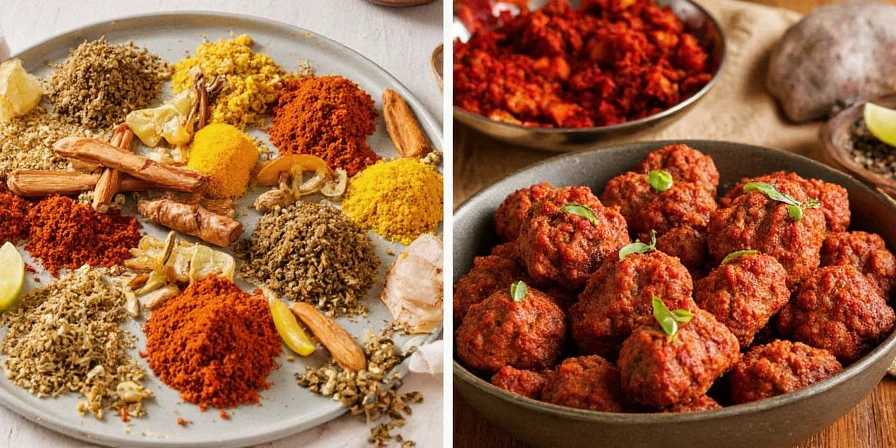
Spice Techniques That Make All the Difference
It’s not just what spices you use—it’s how you use them. In Indian cooking, timing and technique are everything. Here are some key methods that will elevate your dishes:
- Tadka/Tempering: Sizzling whole spices like mustard seeds, cumin, and curry leaves in hot oil releases their aromatic oils instantly. This is usually done at the beginning of a dish and added back in later.
- Dry Roasting: Dry roast whole spices (especially coriander, cumin, and fennel) over medium heat until fragrant. This enhances depth and complexity—perfect for homemade masalas.
- Blending Pastes: Many Indian dishes call for blended pastes made from garlic, ginger, green chilies, and other aromatics. Using a wet grinder or high-speed blender ensures a smooth paste without overworking the ingredients.
- Layering Masalas: Adding spices at different stages—some during tadka, some midway through cooking, and others at the end—creates layers of flavor rather than a single note.
- Storing Spices Properly: Whole spices last longer than ground ones. Store them in airtight containers away from sunlight and moisture. Consider vacuum-sealing if you buy in bulk.

How to Pair Spices Like an Indian Chef
Ever wondered why your home-cooked curry doesn’t taste like restaurant-level goodness? It might be your spice pairing strategy. Here’s how the pros do it:
- Balance Heat and Warmth: A good Indian dish uses chili (heat) and warming spices like cinnamon, cardamom, and cloves in harmony—not dominance.
- Contrast Sweet and Bitter: Turmeric adds bitterness while garam masala brings sweetness. Balance them out based on your recipe.
- Don’t Forget Umami: Ingredients like asafoetida, dried mushrooms (used in vegetarian dishes), and fermented chutneys add that elusive fifth taste.
- Think Regional: South Indian dishes lean more toward mustard seeds, curry leaves, and coconut, while North Indian fare uses more garam masala, dry fruits, and cream-based elements.
- Adjust Based on Protein: Lamb pairs well with strong spices like black pepper and cloves. Chicken loves cardamom. Vegetables often shine with turmeric, cumin, and mustard seeds.
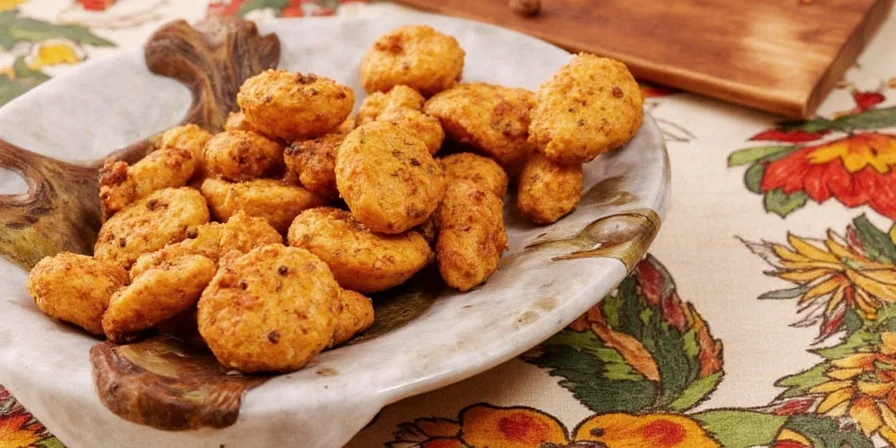
Frequently Asked Questions About Indian Spices
Still got questions? You’re not alone! Here are answers to the most common spice-related queries:
Can I substitute garam masala for other spice blends?
Yes, but only if you adjust other spices accordingly. Garam masala is complex and usually added toward the end. If substituting, reduce additional cinnamon/cloves/cardamom to avoid overpowering flavors.
Do I need to toast all spices before use?
Nope! Some spices like turmeric and red chili powder are best when added directly to the dish. Whole spices like cumin and coriander definitely benefit from dry roasting first.
Is it better to buy pre-ground spices or whole ones?
Whole spices retain their potency much longer than ground versions. For the freshest flavor, grind as needed using a dedicated spice grinder.
How do I store spices to keep them fresh?
Keep them in glass jars, away from light and moisture. Label them clearly. For bulk purchases, divide into smaller containers so you’re not exposing the whole stash to air each time.
What’s the difference between curry powder and garam masala?
Curry powder varies widely but often contains turmeric, coriander, and cumin. Garam masala is spicier, sweeter, and usually includes warming spices like cardamom, cloves, and cinnamon. They’re not interchangeable!
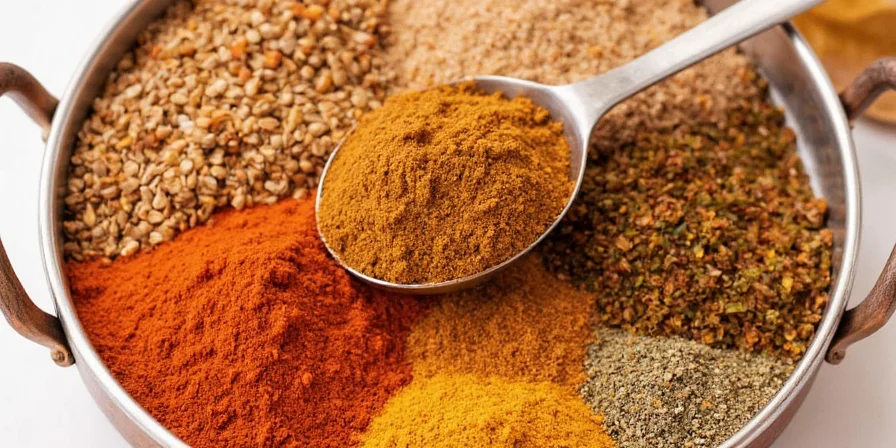
Conclusion: Your Kitchen, Now Fully Spiced Up!
Indian cuisine is one of the richest in terms of spice culture—and now you’ve got the tools to bring that richness into your own kitchen. Whether you’re making a classic chicken tikka masala or experimenting with regional variations, understanding spices is the gateway to unlocking incredible flavor.
Remember, spices are like music notes: played together correctly, they create a masterpiece. Don’t be afraid to experiment, adjust ratios, and trust your nose and palate. Happy spicing!
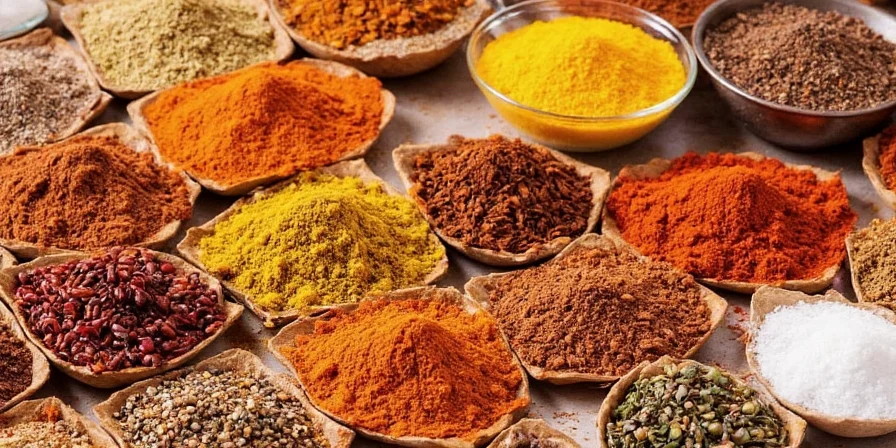

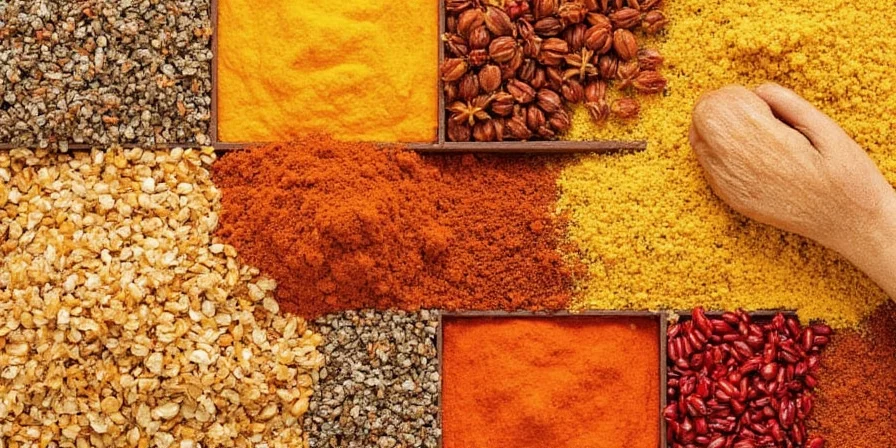









 浙公网安备
33010002000092号
浙公网安备
33010002000092号 浙B2-20120091-4
浙B2-20120091-4